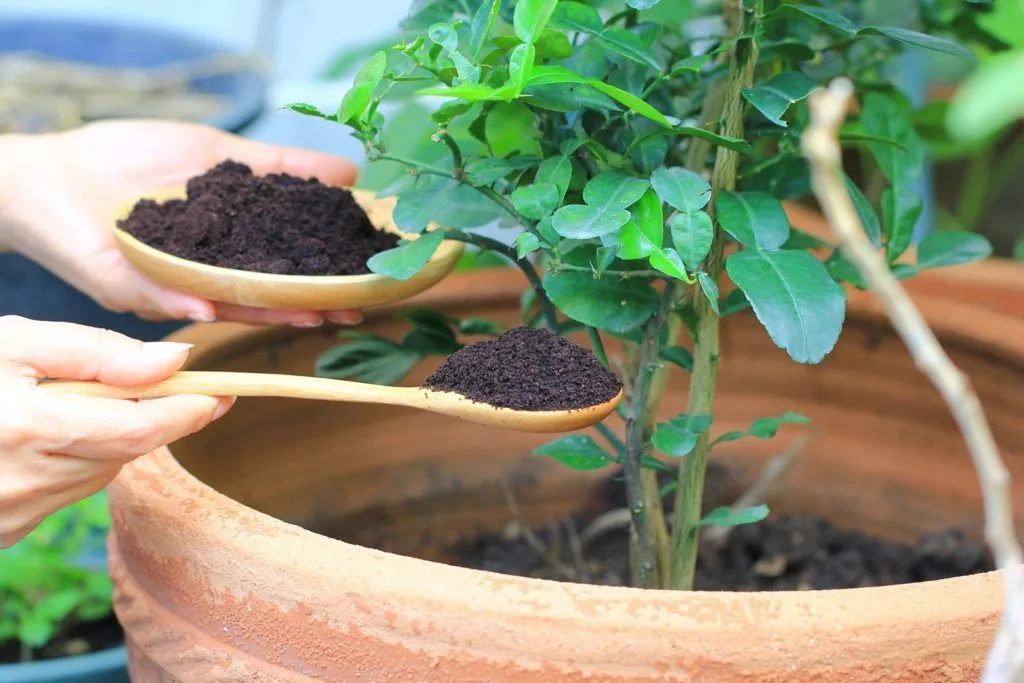índice
Introduction
Fertilization plays a crucial role in the vigorous development and overall health of plants. In this guide, we’ll explore the fundamental importance of fertilization in promoting robust growth, lush flowering and resistance to disease. Discover the ideal practices for providing essential nutrients and creating an environment conducive to your plants flourishing, transforming your garden into a veritable spectacle of vitality and color.
Fertilizer for Orchids
Substance
Use a liquid fertilizer formulated specifically for orchids. Make sure you choose a balanced formula, rich in essential nutrients for healthy development.
Quantity
Mix 1 teaspoon of fertilizer per liter of water. This dilution provides an adequate concentration of nutrients without overloading the orchids’ sensitive roots.
Frequency
Apply the fertilizer every 15 days, especially during the period of active growth, usually in spring and summer. This provides orchids with the nutrients they need to sustain robust growth and abundant flowering.
By following these guidelines, you will contribute to the vitality and beauty of your orchids by providing an environment conducive to their flowering.
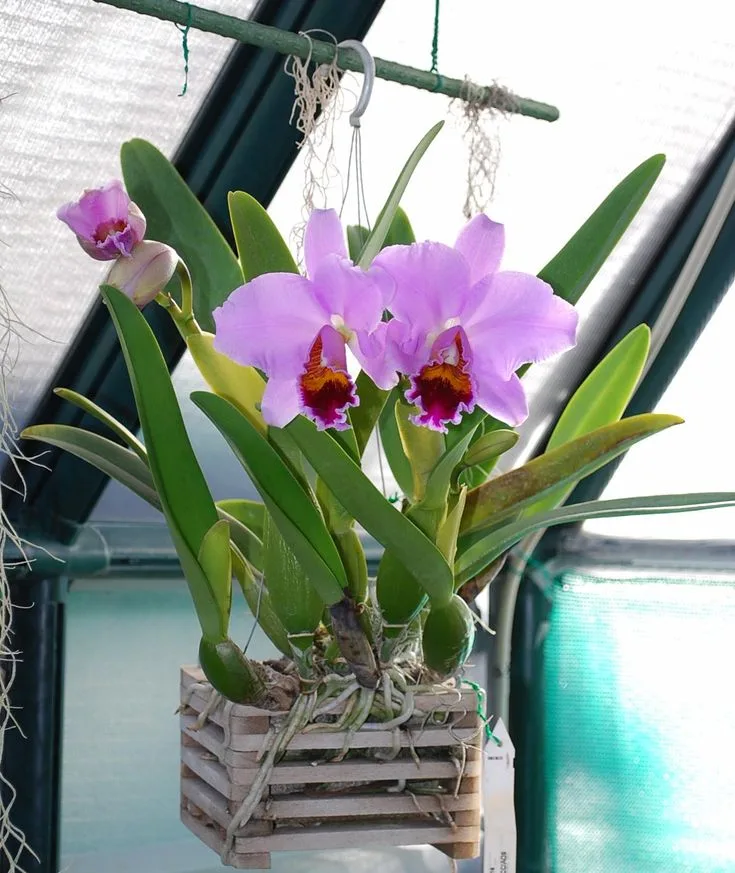
Fertilizer for Desert Rose
Substance
Choose a granular fertilizer with a high potassium content, which is essential for stimulating the exuberant flowering of the Desert Rose. Potassium also strengthens the plant’s resistance to adverse conditions.
How much
Apply 1 tablespoon of fertilizer per plant every 4 months. This dosage is enough to provide the necessary nutrients without overloading the root system.
Frequency
Fertilize every 4 months, especially during spring and summer when the plant is at its most active. This interval ensures a constant supply of nutrients for the healthy development of the Desert Rose.
By following these specific guidelines for the Desert Rose, you will promote vibrant flowering and keep your plant healthy over time.
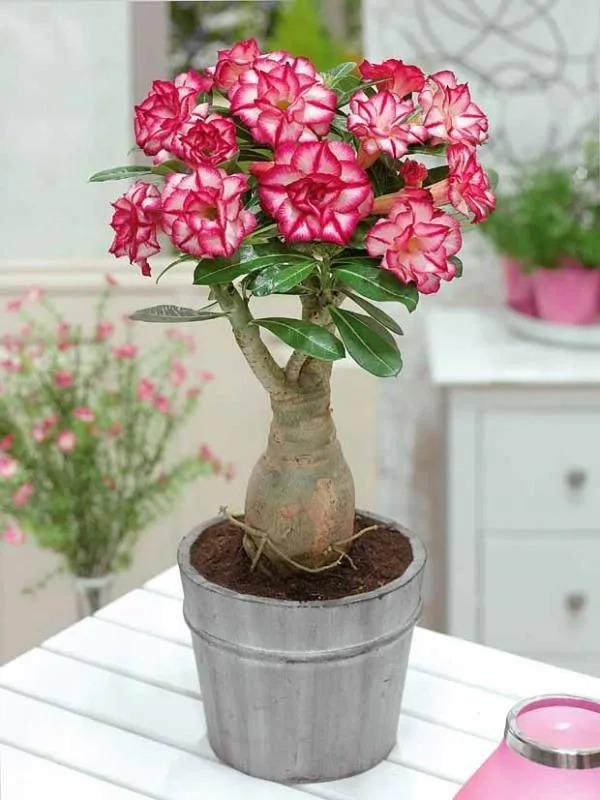
Fern Fertilizer
Substance
Opt for a balanced liquid fertilizer, rich in nutrients such as nitrogen, phosphorus and potassium. This combination will promote healthy and vigorous growth for your fern.
How much
Carefully dilute 1/2 teaspoon of fertilizer per liter of water. This gentle dosage is essential to avoid excess nutrients, which can harm the fern.
Frequency
Fertilize every 4 weeks during the fern’s growing season. This period corresponds to an adequate cycle to provide the essential nutrients without overloading the root system.
By following these specific instructions for the fern, you will ensure an environment conducive to its development and maintain a lush plant over time.
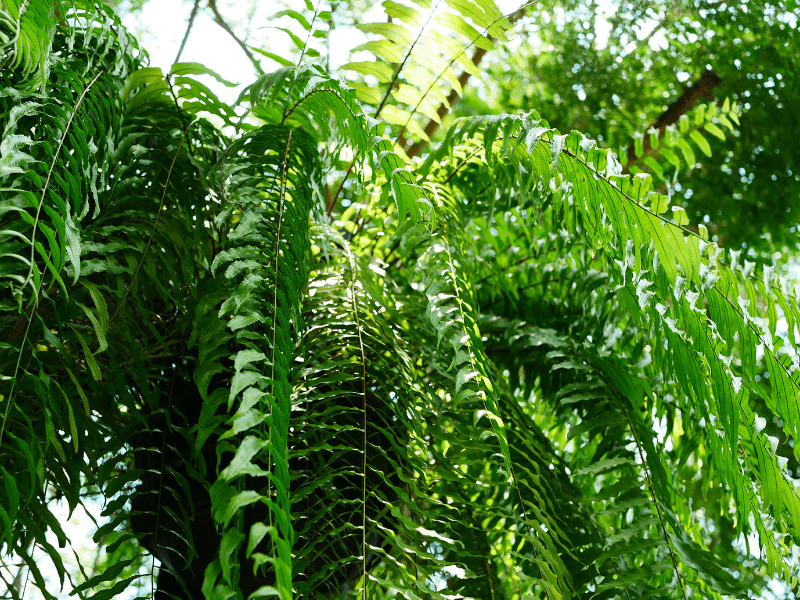
Fertilizer for Succulents
Substance
Choose a liquid fertilizer with a low nitrogen content, as succulents prefer a more balanced diet of nutrients. Opting for a specific formula for succulents will guarantee the essential elements needed.
Quantity
Dilute with caution, applying only 1/4 of the dose recommended on the fertilizer package. Succulents are plants adapted to environments with limited resources, so moderate fertilization is essential to avoid problems.
Frequency
Fertilize every 6 weeks, focusing mainly on spring and summer, when succulents are in an active growth phase. This periodicity will guarantee a constant supply of nutrients without excesses.
By following these specific guidelines for succulents, you will promote healthy growth and vibrant colors in your plants.
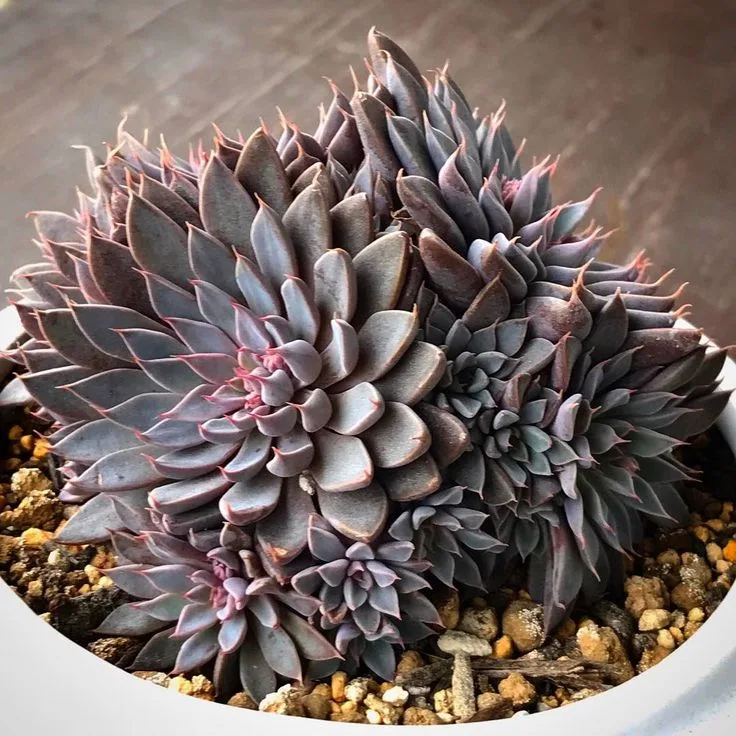
Fertilizer for ZZ Plant
Substance
Opt for a balanced fertilizer specially formulated for indoor plants. This choice will guarantee a nutrient mix suited to ZZ Plant’s specific needs.
Quantity
For each application, dilute 1/2 teaspoon of the fertilizer in a liter of water. ZZ Plant is known for its resistance and adaptation to drier conditions, so moderate fertilization is enough to keep it healthy.
Frequency
Fertilize every 6 weeks, focusing mainly on the growing season. This frequency will provide ZZ Plant with the essential nutrients for vigorous development.
By following these specific guidelines for ZZ Plant, you will contribute to its well-being and keep the plant thriving indoors.

Conclusion
In conclusion, proper fertilization is essential for the healthy flowering of many plants. By adopting a personalized approach for each species, we ensure that they receive the nutrients they need to thrive. Be attentive to the substance, quantity and periodicity, as these elements play a crucial role in plant development and resistance. Always remember to adjust fertilizing practices according to the specific needs of each plant, promoting a vibrant and lush garden. Invest time in understanding the individual requirements of your plants to reap the rewards of successful and long-lasting gardening. Cultivating an environment conducive to growth is a tangible expression of care and appreciation for the natural beauty around us.
Frequently Asked Questions
How to prepare homemade fertilizer?
Making homemade compost involves combining organic materials such as fruit peelings, vegetable scraps and manure to create a nutrient-rich mixture. This practice promotes soil balance and stimulates healthy plant growth.
Which fertilizer works for all plants?
Organic fertilizer, which comes from decomposing plant or animal matter, is a versatile choice that benefits many plants. It provides essential nutrients and improves the structure of the soil, promoting an environment conducive to plant growth.
What is the best fertilizer for plants?
There is no universal “best” fertilizer, as plants’ needs vary. Balanced fertilizers, with the right proportions of nitrogen, phosphorus and potassium, are generally effective. However, the ideal choice depends on the specific characteristics of the plants and the soil, highlighting the importance of understanding the individual needs of each species.


